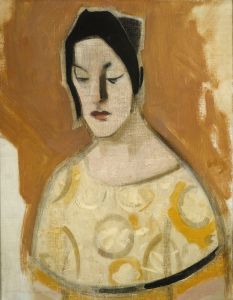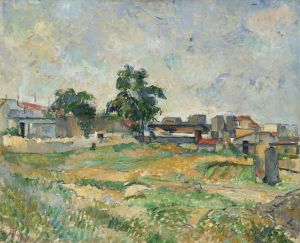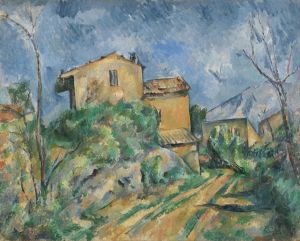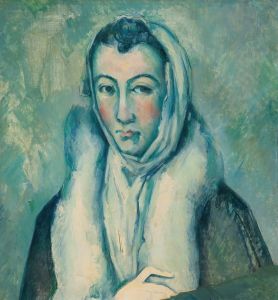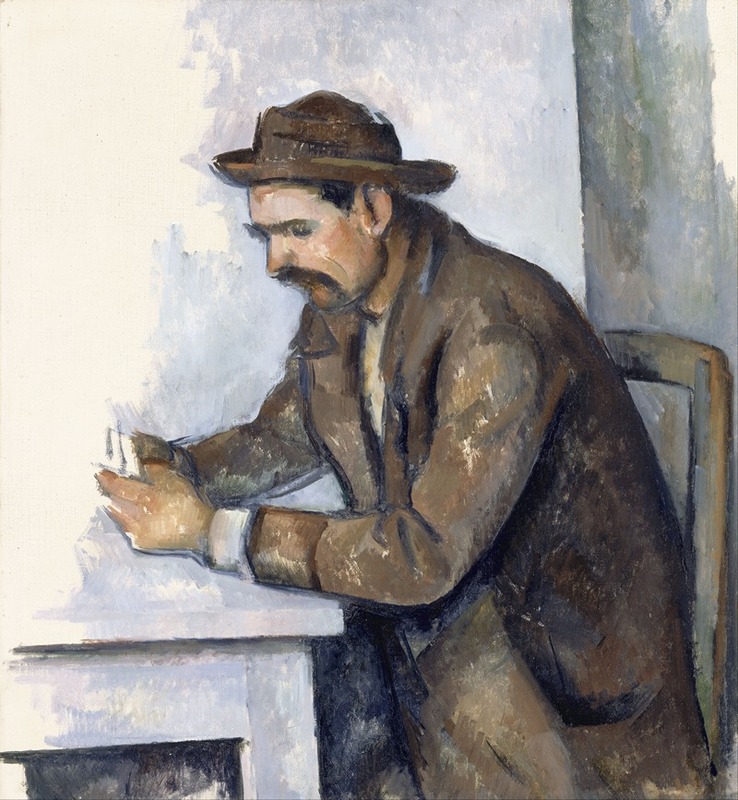
The Cardplayer
A hand-painted replica of Paul Cézanne’s masterpiece The Cardplayer, meticulously crafted by professional artists to capture the true essence of the original. Each piece is created with museum-quality canvas and rare mineral pigments, carefully painted by experienced artists with delicate brushstrokes and rich, layered colors to perfectly recreate the texture of the original artwork. Unlike machine-printed reproductions, this hand-painted version brings the painting to life, infused with the artist’s emotions and skill in every stroke. Whether for personal collection or home decoration, it instantly elevates the artistic atmosphere of any space.
Paul Cézanne's "The Card Players" is a series of oil paintings created in the early 1890s. These works are considered some of the most significant pieces in Cézanne's oeuvre and are often regarded as a pivotal point in the artist's career. The series consists of five paintings, each depicting Provençal peasants immersed in a game of cards. The paintings vary in size and the number of figures depicted, ranging from two to five players.
Cézanne's approach to "The Card Players" reflects his interest in capturing the essence of his subjects through a careful study of form and color. The compositions are characterized by their simplicity and the quiet intensity of the figures, who are absorbed in their game. The players are typically shown seated around a table, with their expressions and postures conveying a sense of concentration and introspection. This focus on the everyday life of rural workers is a departure from the more grandiose subjects often favored by Cézanne's contemporaries.
The series is notable for its use of color and light, which Cézanne employs to create a sense of volume and depth. The artist's technique involves the application of layered brushstrokes, which build up the surface of the canvas and contribute to the overall structure of the composition. This method reflects Cézanne's desire to move away from the Impressionist style, with its emphasis on fleeting effects of light, towards a more solid and enduring representation of reality.
Cézanne's "The Card Players" series is also significant for its influence on modern art. The paintings are often cited as precursors to Cubism, a movement that emerged in the early 20th century and was pioneered by artists such as Pablo Picasso and Georges Braque. The geometric simplification and the emphasis on the underlying structure of the subjects in "The Card Players" can be seen as a forerunner to the Cubist approach, which sought to depict objects from multiple perspectives.
The paintings in the series are housed in various prestigious collections around the world. Notably, one of the versions is part of the collection at the Musée d'Orsay in Paris, while another is held by the Courtauld Institute of Art in London. The remaining pieces are in private collections, including one that was sold in 2011 to the Royal Family of Qatar for an estimated $250 million, making it one of the most expensive paintings ever sold at the time.
Cézanne's choice of subject matter in "The Card Players" reflects his connection to his native Provence and his interest in the lives of ordinary people. The series is often interpreted as a meditation on the human condition, with the card game serving as a metaphor for the complexities and uncertainties of life. Through these paintings, Cézanne captures a timeless and universal aspect of human experience, one that continues to resonate with viewers today.
In summary, "The Card Players" series by Paul Cézanne is a landmark in the history of art, representing a shift towards modernism and influencing subsequent generations of artists. The paintings are celebrated for their innovative use of form and color, as well as their profound exploration of everyday life.






